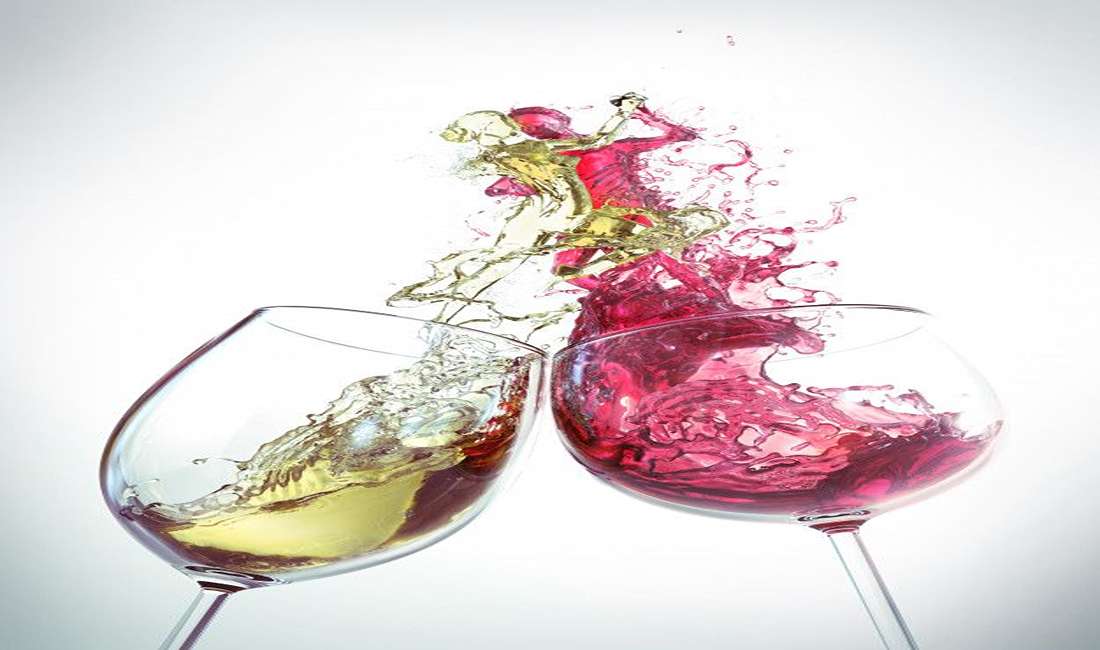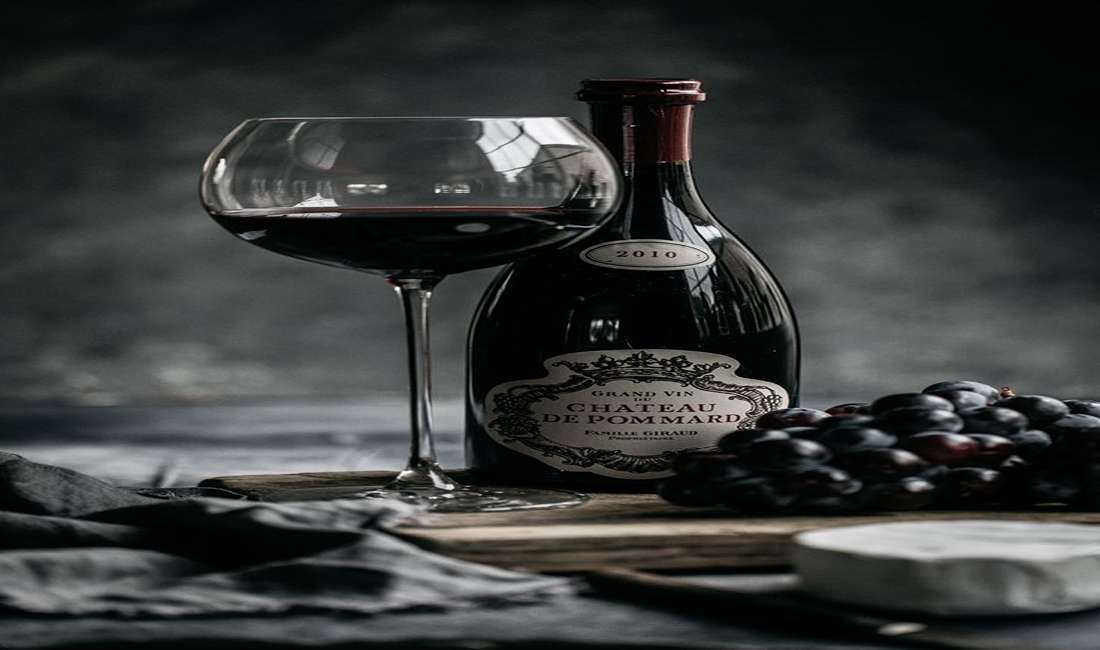
In a long history of human enjoyment, red wine may be consumed and enjoyed the most to date. It has brought men and women from all continents due to its deep hews, rich flavors, and health benefits. This article is about just that: the rich tapestry of red wine history, production process, varieties, health benefits, and tips on how to best enjoy it.
A Brief History of Red Wine
Red wine dates thousands of years back to the ancient times of humans. Archaeological evidence shows that winemaking has been practiced since 6,000 BC in countries such as Georgia and Iran. From these lands, viticulture spread towards the Mediterranean. There the Greeks and Romans developed methods of making wines and took it to the extreme height of the cultural practices in their land.
Wine was associated with Pinot Noir Wine history Winemaking process Wine regions
ancient Greece and these people believed in and even knew of concepts related to indulgence, festivals and so on. The early Romans also took it along worshipping it as the god of wine named Bacchus, which heightened the cultivation of these in vast tracts within that territory around the earth known for such massive producers as France Spain and Italy.
During the Middle Ages, monasteries played a significant role in preserving the methods of winemaking. Monks tilled vineyards and developed methods that would enhance the quality of the wine. During the Renaissance, wine had become part of European culture, and its use continued to grow as explorers found grapevines in the New World.
How Red Wine is Produced
Red wine production starts in the vineyard. Some of the most popular varieties are Cabernet Sauvignon, Merlot, Pinot Noir and Syrah. There are several steps to winemaking:
Harvesting: Grapes are harvested at peak ripeness, usually late summer or early autumn. Timing is crucial as it affects the flavor and acidity of the wine.
Crushing and Fermentation: After harvesting, the grapes are crushed, releasing their juice. Grape skins are allowed to stay in contact with the juice during fermentation so that the wine is imparted with its red color and tannins. Yeast is then added to convert sugars into alcohol.
Aging: It is aged in barrels or tanks after fermentation for all the flavors to settle into it. Mostly this is oak barrels with flavors of vanilla, spices, and smoke.
Bottling: After aging is complete, the wine gets filtered and bottled. All red wines are either drinkable when young or should be aged to enjoy full flavor. There are also different types of red wines.
Red wine is available in an incredible range of styles with unique flavor profiles. Some of the most popular ones are as follows:
Cabernet Sauvignon: This wine is characterized by its full body and flavors of blackcurrant, cedar, and spice. It is a perfect pairing for red meat and hearty dishes.
Merlot: Smoother and sweeter, Merlot reveals the flavor profile of plum, cherry, and chocolate. It goes very well with most dishes.
Pinot Noir: Thin and subtle, the Pinot Noir is laced with the flavors of red fruits like raspberry and cranberry with earthy undertones. It’s well suited to roasted chicken and salmon.
Syrah/Shiraz: It is bold and spicy and brings flavors of blackberry and pepper with smoked meat undertones at times. It is very well suited to grilled or barbecued food.
Zinfandel: Many times, it is very fruit-forward with flavors of jammy berries and spice, Zinfandel being very well suited to accompany pizza, pasta and barbecue.

Health Benefits of Red Wine
Due to its antioxidants, such as resveratrol, several benefits have been found to come with moderate consumption of red wine. Such benefits are as follows.
This would give some cardiovascular benefits as linked with red wine. It means it possesses antioxidants that reduce inflammation. Besides, the antioxidants might decrease bad cholesterol and facilitate better heart working.
Brain Health: It’s indicated that resveratrol may help preserve neurons, and by that aspect, reduce the probability of developing diseases such as Alzheimer’s.
Longevity: Red wine, mainly red grape wines of a specific region of France, is widely known for its relation with longevity due to the lesser prevalence of heart diseases within the French despite having rich saturated fats in the diet.
Gut Health: The polyphenols might favor gut health by preserving helpful bacteria within the intestines.
These benefits are, however, related to moderate consumption, usually considered to be one glass a day for women and up to two for men. Beyond those levels of consumption may defeat the purpose and even have unhealthy effects.
Tips to Appreciate Red Wine
Consider these tips to truly appreciate red wine:
Serve red wine at the right temperature for better flavors. Full-bodied reds are served a bit cooler than room temperature, 60-65°F. Lighter reds are best served around 55°F.
Decanting
Decanting is letting the wine breathe and let its aromas out. This is particularly useful with young or tannic wines.
Glassware: Pour the wine into a big-bowled wine glass to concentrate its aromas. Tossing the wine in the glass releases its bouquet further.
Matching with Food: Drink red wine with foods that match. Cabernet Sauvignon goes best with steak and Pinot Noir goes best with roasted vegetables.
Storage: Store opened bottles in a cool dark place. After opening red wine can be stored for a few days with a vacuum stopper or recorked and refrigerated.

Regions and Pairings
Red wine is gigantic, and regions all over the world produce distinctive expressions. Some of the most famous wine regions include:
Bordeaux, France: Blends featuring Cabernet Sauvignon and Merlot.
Tuscany, Italy: Famous for wines based on Sangiovese, Chianti, and Brunello di Montalcino.
Napa Valley, USA: Full-bodied fruit-forward Cabernet Sauvignons.
Rioja, Spain: The country specializes in Tempranillo, a red of medium body with scents of cherry and spices.
Barossa Valley, Australia: Known for bold and full-bodied Shiraz wines.
When pairing red wine with food, consider the body and intensity of flavor. Light-bodied reds, such as Pinot Noir, complement delicate dishes. Full-bodied reds, such as Malbec, complement rich, savory meals.
Conclusion
Red wine is much more than a drink-it is an experience. From ancient olden days to today, red wine continues to grab the hearts of its appreciators with depth, richness, and versatility. Let it be a savior for both seasoned wine and curious beginners. Pour a glass, take a sip and toast to the time with red wine.










